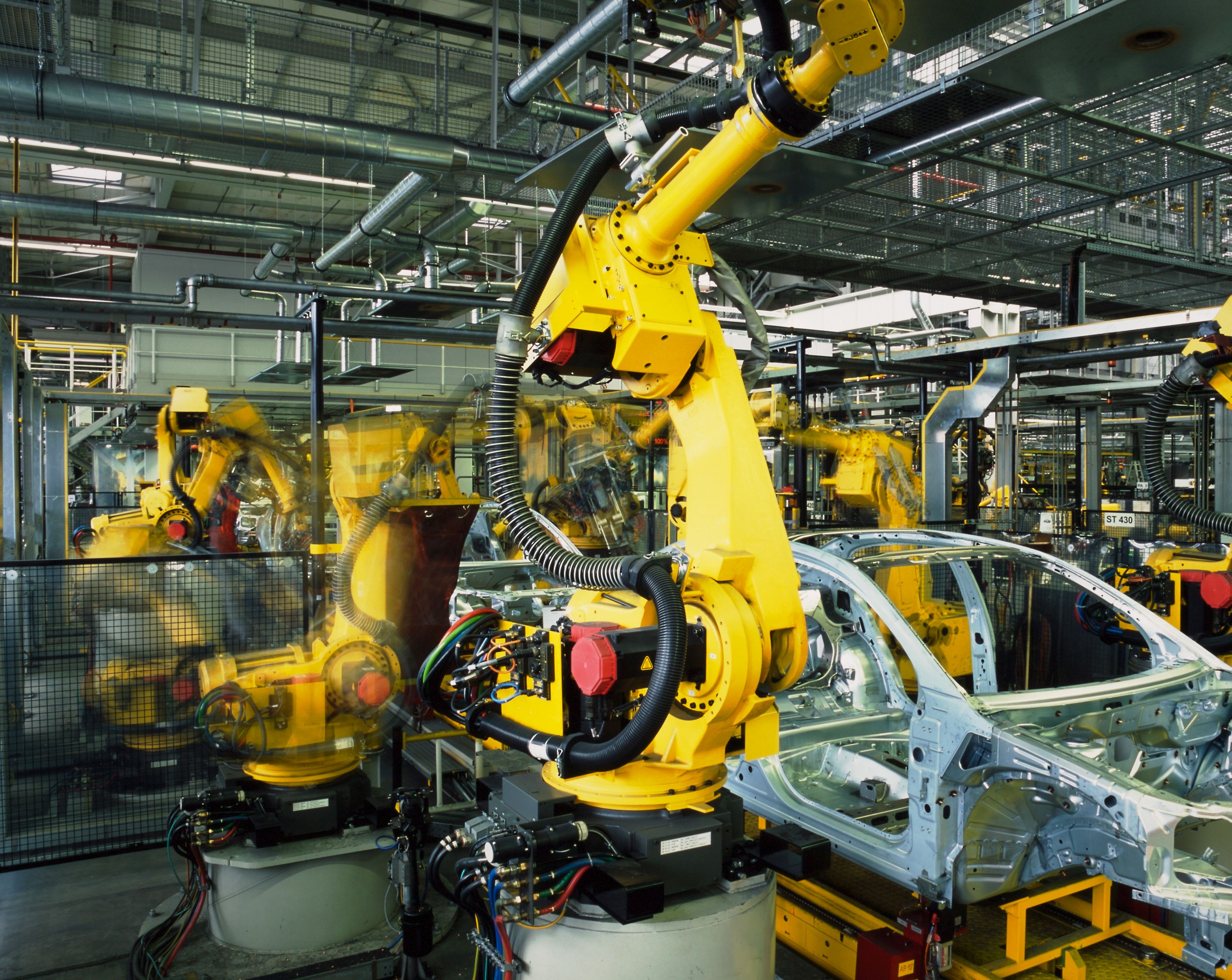At a glance
The advent of RFID systems in automation at the start of the millennium represented a significant leap forward that benefits everything from assembly lines to just-in-time manufacturing, where production and material flows are coordinated along the supply chain.
Fraunhofer IIS is taking this innovation one step further with a technology that can be integrated into operations or supply chain management systems, thus enabling the continuous identification and tracking of manufactured goods.
Safely maintaining and servicing production systems, especially in large-scale facilities, requires the capability to locate machinery, equipment, tools or even personnel in real time. This helps avoid needless searches and wasted resources, which results in efficiently-controlled processes and the ability to identify and assess critical situations.
Based on a use case, this project will illustrate these benefits while demonstrating how easily ORAT can be integrated into the production processes.
An additional research focus of the ORAT project relates to a wireless-based positioning architecture concept that functions reliably even in difficult production environments (i.e. metal machines and shelving, metal supports on the ceilings and walls). The concept will be realized by using a flexible, hierarchic structure based on fixed and portable anchor modules and a dynamic combination of different measurement principles.
